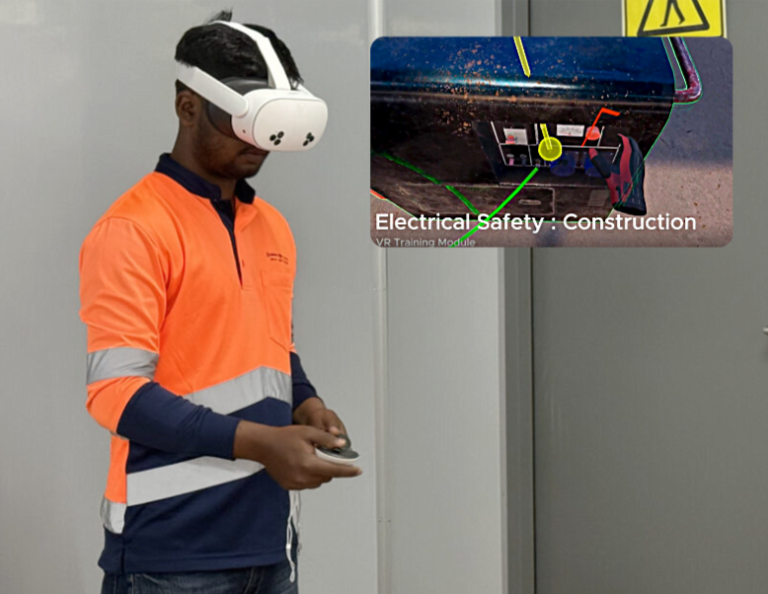Photo by Kelly Sikkema from Unsplash
This article highlights technology or tools that have either been around for a long time or have been retired. While it’s not the latest and greatest, we keep it here to honour the hardworking team behind it and to serve as an online repository of information and reference when needed. Please be aware that some information might be outdated.
”As the forms’ administrator, I am now spending less time tracking approval processes manually. It is rewarding to see us working more efficiently using a common platform and have clear visibility of the statuses of hundreds of requests and approvals happening everyday other day.David Khor Boon SuenSenior Quantity Surveyor
It all started with one department that sought to tap into the possibilities of automation. Targeting complex contracts and commercial related workflows, their success eventually led to widespread adoption. To date, 3 other departments had also embarked on the journey of creating e-forms to automate workflow approvals.
At the core of this movement is software developer, Maanoj Kumar. Working closely with domain experts, Maanoj shares his experience using Microsoft PowerApps and Power Automate to deliver the objective.
Joyce (J): What is the drive behind adopting these automated e-forms versus conventional ways?
Maanoj (M): The purpose of developing automated e-forms is to digitally facilitate document movements within the organization, allowing it to “run on its own” via predesigned workflows. Previously, the same process would involve filling up Excel forms, that may come in multiple versions (and therefore cause confusions), manually scanning the documents and then circulating it between multiple approvers one at a time.

J: Where are you at with current implementation?
M: To date, we have launched 16 automated forms targeted at key workflows. Every automated e-form undergoes a user acceptance test period for about a week or two before going live.
J: What was the experience like building with Microsoft’s PowerApps and Power Automate?
M: We were already familiar with the Microsoft ecosystem, as our e-forms were originally developed using PowerApps and hosted on its Cloud-based collaboration platform, SharePoint. Microsoft Power platforms provided the means of rapidly developing a prototype without spending too much time and effort in building a software from scratch. It was also more cost effective as the platforms came together with our Office365 enterprise license.

The first working prototype was built and designed in collaboration with David Khor Boon Suen from Contracts and Commercial department. David wanted to tackle paperworks with the highest volume of transactions such as PRF and MSGPA forms with numerous layers of approvals. MSGPA forms get escalated all the way to Project Director for budget approvals while PRFs are required for project wide payment processing.
We focused on the UI/UX aspects of the form in PowerApps first before designing the workflow sequences. From there we held workshops with related departments, managers and operation heads to gather feedback and refine the prototype further. Upon launch, we conducted several trainings for users and approvers to familiarise with the automated e-form systems.
J: What are some key challenges encountered?
M: Due to our lack of prior experience with PowerApps and Power Automate, there was a steep learning curve at first to develop a working prototype that would fit our business needs.
We also encountered a major obstacle midway where the apps didn’t allow us to generate the e-forms in PDF format, which is important to enable digital signatures. Thankfully a new feature to print and save in PDF format was released by Microsoft just in time to facilitate the development process.
One technical limitation we faced was that the Sharepoint server would require a stable Internet connection to view the e-forms. PowerApps and SharePoint also seem to have performance issues when handling complex forms or forms which require more user input.
J: With some of the automated e-forms gone live, what has the users’ feedback been like?
M: I think the fact that other departments are leaning in and excited to transform their workflows in similar ways is a clear sign that more are coming to appreciate the utility of e-forms.
One particularly useful function in the e-forms is where a form’s originator and related persons would immediately be notified via email when certain actions had been triggered. This had helped many reduce the legwork of “chasing” after PICs (person-in-charge) or following up on statuses via email or enquiries.

Sample email notification
Manual vs Automated e-forms comparison
| Manual Workflow | Automated e-forms | |
|---|---|---|
| Data Entry | Forms are filled in by handwritingSupporting documents printed out and stapled togetherForm entry recorded manually by C&C team into an excel spreadsheet | e-Form responses are typed into an online platformSupporting documents are linked to the e-forms and stored in SharePointEach form entry is automatically stored on a Cloud |
| Transparency/ Traceability | All forms are tracked individually and manually by the C&C team Changes or amendments to the form may not be reflected in duplicate copies | All forms are stored on a Cloud where viewing permissions can be customised.Originators, administrators & approvers can view the form’s status at any timeAll changes are automatically tracked and loggedEvery version of the form, before and after amendments, can be viewed |
| Cost | Cost needed to buy physical paper forms | No additional software needed to purchase as Power platform comes with Microsoft E1 license |
| Time | As this process relies on a middleperson to do the legwork of generating the document, printing, scanning and physically hand over the document, substantial delay may happen between the point of form generation to actually arriving at the approver’s deskApprovals may also be held up by a backlog of documents queue that the approver has to manually filter and respond to individually | Approvers may prioritise, review and approve at their own convenience, thus significantly improving turnaround time |
J: Any word of advise to those who are considering to explore no or low code tools at work?
M: Low or no-code technology is rapidly growing, democratising access to digital tools for non-programmers or those without IT backgrounds. Workplace savvy employees should see this as an opportunity to upskill themselves while also delivering value to their businesses. It’s also a tangible form of channelling innovative ideas into real-life applications. You get to be more productive and efficient, while solving problems creatively!
This initiative was implemented as part of the Penang Transport Master Plan and Penang South Islands project. Special thanks to then Deputy Project Director, Adil Putra and C&C Department Head, Lee Choi Khim for supporting the implementation.




